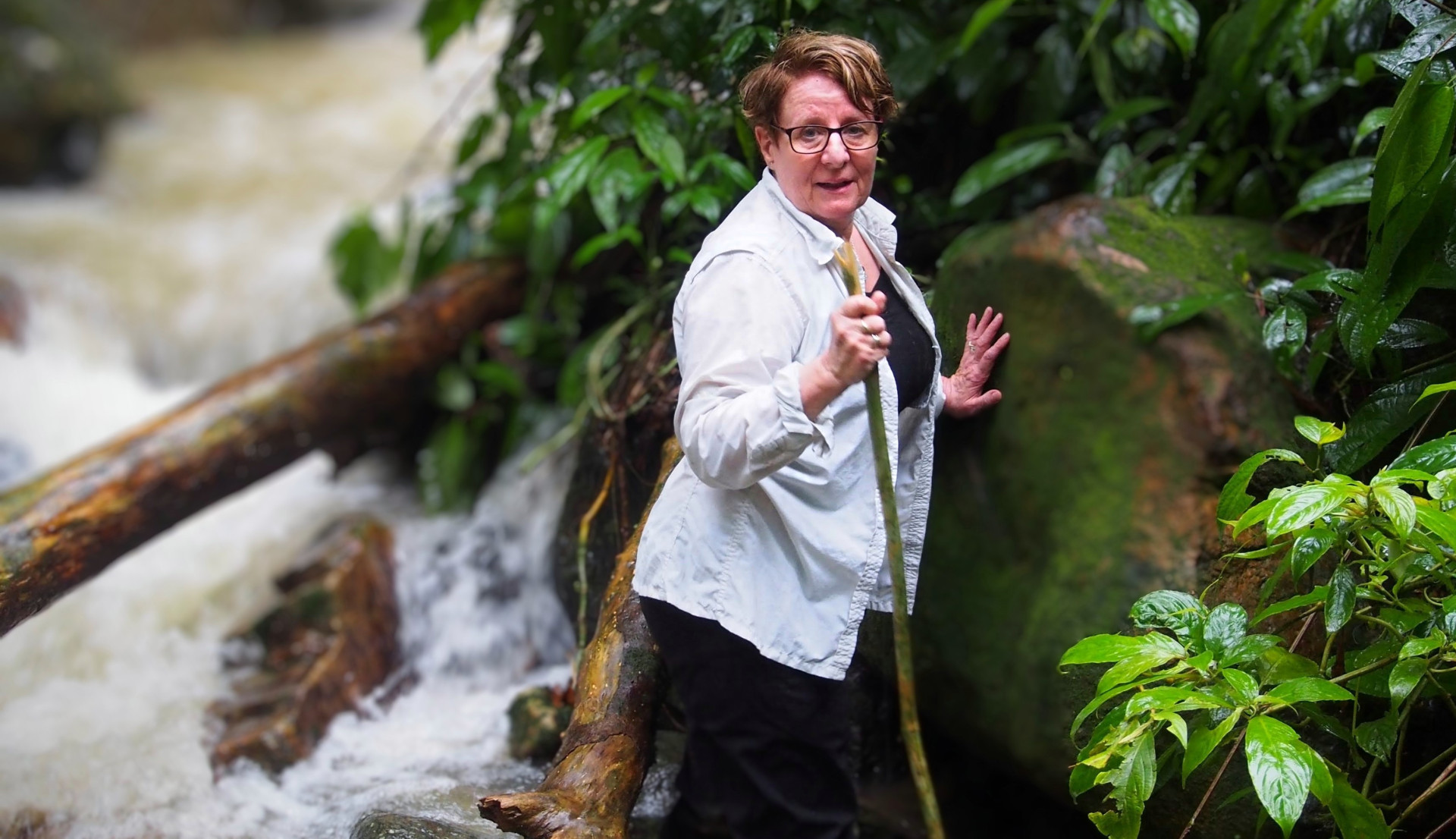Amanda Bamford, University of Manchester Emeritus Professor of Plant Sciences, has delivered the tenth Irene Manton Lecture.
The lecture, which celebrates the significant contributions made by women to the study of the Natural Sciences, was delivered in collaboration with the prestigious Linnean Society of London.
Hosted by Dr Maggy Fostier, Faculty Associate Dean for Environmental Sustainability, Professor Bamford took the audience on a journey from her industrial roots in Essex to her conservation work in Costa Rica and Panama, offering insight into the world of plant science and environmental issues like climate change along the way.
She described how her childhood interest in botany had been inspired by wild orchids growing in an abandoned chalk quarry in her local area in Essex. Her passion for plants and wildlife eventually led her to conservation work in Central America, where she has helped protect critically endangered amphibian and bird species from extinction.
She said: “It was a great honour to give the 2024 Irene Manton lecture. I wanted to show the importance of taking every opportunity to engage with wildlife and conservation, even in an abandoned chalk quarry reclaimed by nature, and the importance of connecting with people and their communities in order to conserve endangered species.”
Taking place at Manchester Museum, Professor Bamford’s lecture attracted an audience of academics, conservation enthusiasts, and students from local schools and colleges.
Robbie Blackhall-Miles, former Vice-President of the Linnean Society, also told the gathering that British botanist Irene Manton studied for her PhD at the University of Manchester and went on to an influential career which included becoming the first female President of the Linnean Society.
Amanda was joined by Matt O’Donnell, the Museum’s Curator of Herpetology, who spoke about his own work as a frog conservationist. He carries out important frog research and conservation projects in Costa Rica. He also brought along some particularly popular contributors – several live tropical frogs from the Museum’s vivarium!
With the aim of the lecture being to encourage young people to explore a career in the natural sciences, Professor Bamford’s story demonstrated the impact conservation work can have on animals, plants, and the humans who protect them.
